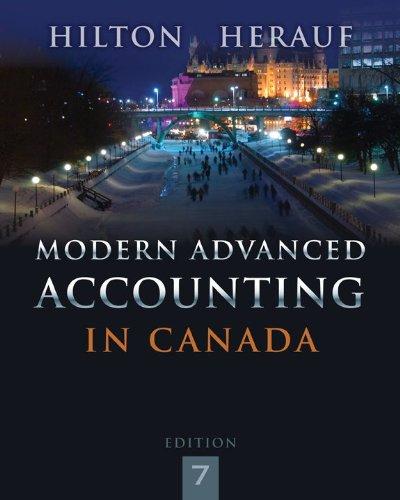Required: (a) Using basic accounting principles as a guide, provide arguments to support (i) THE IASB approach
Question:
Required:
(a) Using basic accounting principles as a guide, provide arguments to support
(i) THE IASB approach for reporting R&D costs, and
(ii) the FASB approach for reporting R&D costs .
(b) In your opinion, which approach should become the sole worldwide standard? Briefly explain.
In this era of rapidly changing technology, research and development (R&D) expenditures represent one of the most important factors in the future success of many companies. Organizations that spend too little on R&D risk being left behind by the competition. Conversely, companies that spend too much may waste money or not be able to make efficient use of the results.
In the United States, all R&D expenditures are expensed as incurred. However, expensing all R&D costs is not an approach used in much of the world. Firms using IFRSs must capitalize development costs as an intangible asset when they can demonstrate
(a) The technical feasibility of completing the intangible asset so that it will be available for use or sale;
(b) Its intention to complete the intangible asset and use or sell it;
(c) Its ability to use or sell the intangible asset;
(d) How the intangible asset will generate probable future economic benefits among other things, the entity can demonstrate the existence of a market for the output of the intangible asset or for the intangible asset itself or, if it is to be used internally, the usefulness of the intangible asset;
(e) The availability of adequate technical, financial, and other resources to complete the development and to use or sell the intangible asset; and
(f) Its ability to measure reliably the expenditure attributable to the intangible asset during its development.
Step by Step Answer:

Modern Advanced Accounting In Canada
ISBN: 9781259066481
7th Edition
Authors: Hilton Murray, Herauf Darrell





